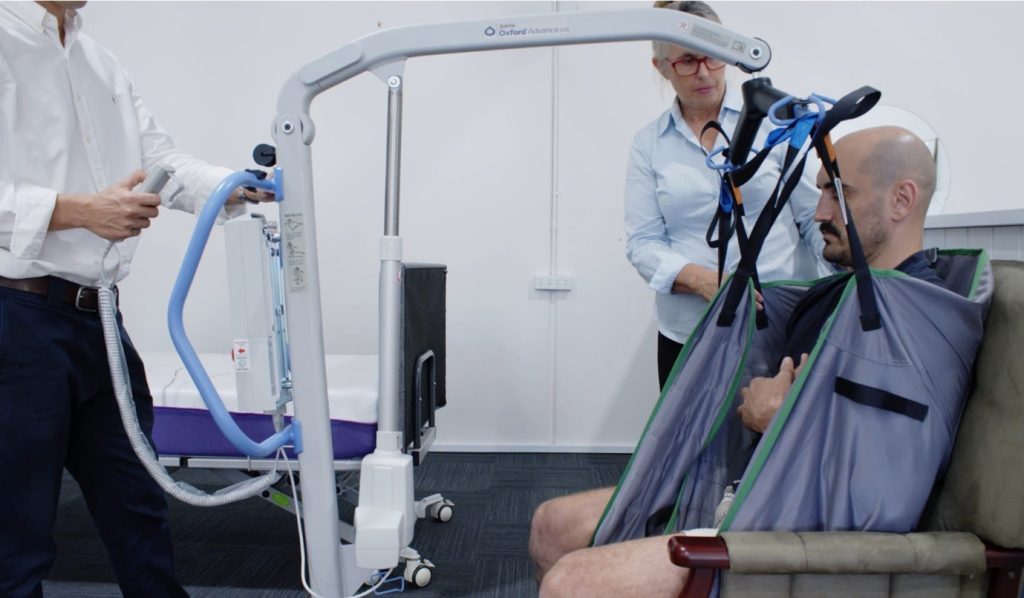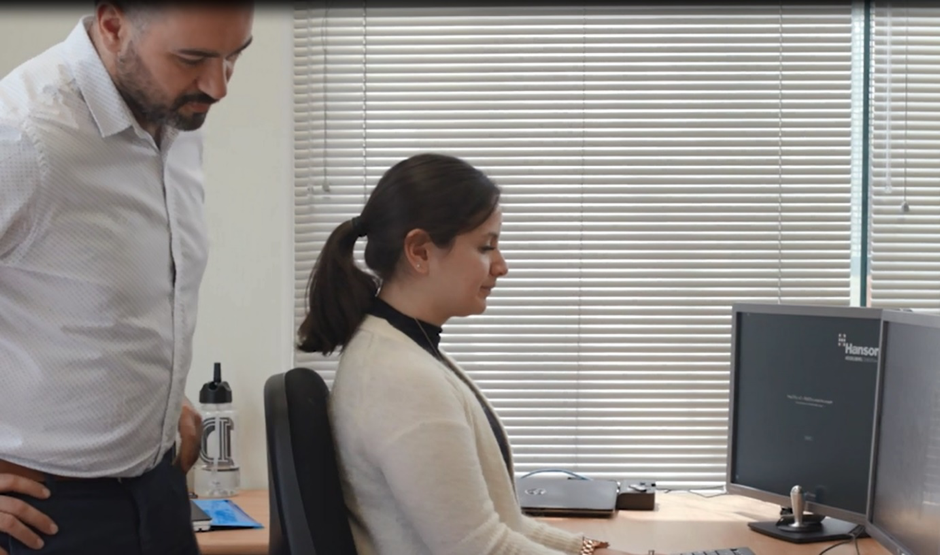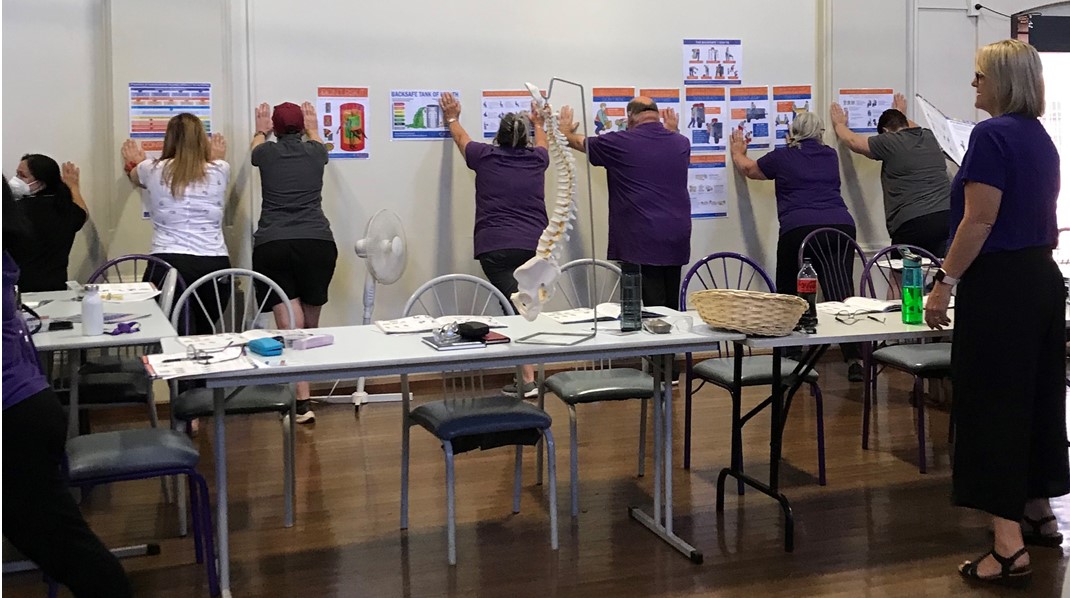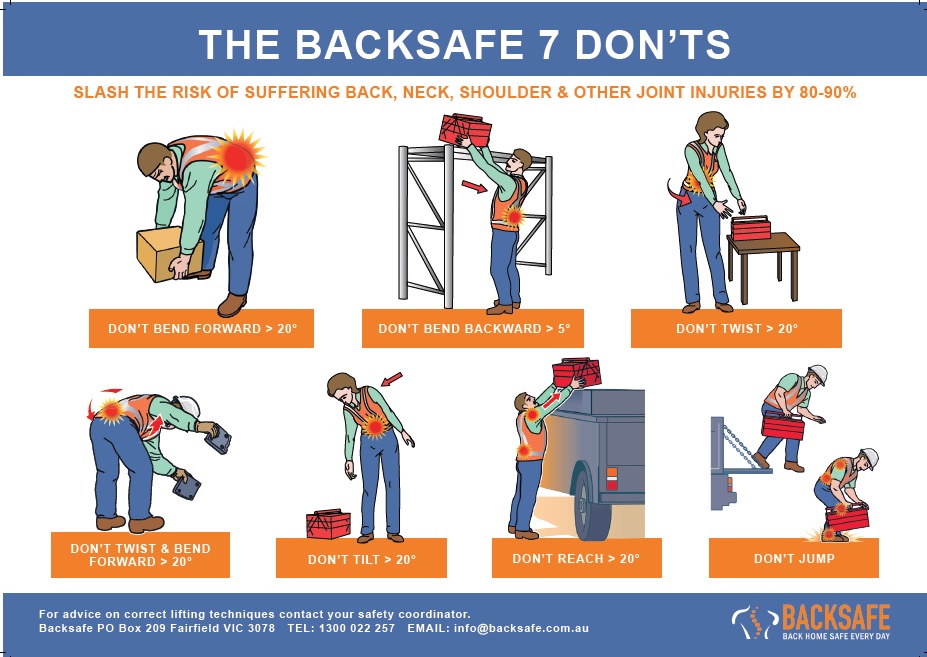Back injury prevention training is crucial for maintaining overall health and well-being. Understanding the importance of back health is the first step in preventing injuries and promoting a safe working environment.
Understanding the Importance of Back Health
The spine plays a vital role in supporting the body’s structure and movement. It provides stability and protects the spinal cord, which is responsible for transmitting messages between the body and the brain. Therefore, any injury or damage to the back can have serious implications on an individual’s overall health.
The spine consists of a series of vertebrae, which are interconnected by discs and supported by muscles and ligaments. This complex structure enables us to perform various activities, such as walking, bending, and lifting. Additionally, the spine houses and protects the spinal cord, which controls our ability to move and feel sensation.
It is important to note that maintaining a healthy spine is crucial for overall well-being. Regular exercise, proper posture, and ergonomic practices can help prevent back problems and ensure the spine’s longevity. By taking care of our spine, we are investing in our future mobility and quality of life.
Common Back Injuries and Their Impact
Back injuries can occur due to various reasons, including improper lifting techniques, repetitive movements, poor posture, and accidents. These injuries can range from strains and sprains to more severe conditions, such as herniated discs and spinal fractures. The impact of back injuries can be debilitating, leading to pain, limited mobility, and decreased productivity.
It is essential to seek medical attention promptly if you experience persistent back pain or discomfort. Ignoring such symptoms can worsen the condition and prolong recovery time. Physical therapy, medication, and in severe cases, surgery, may be necessary to address back injuries effectively and prevent long-term complications.
Fundamentals of Back Injury Prevention
Preventing back injuries requires a combination of knowledge, proper techniques, and regular exercise. By following these fundamentals, individuals can minimise the risk of injury and maintain a healthy back.
Understanding the mechanics of the back is essential in injury prevention. The spine is a complex structure composed of vertebrae, discs, muscles, and ligaments that work together to support the body and allow movement. Maintaining proper alignment and posture is crucial for reducing strain on the back and preventing injuries.
Principles of Safe Lifting
One of the main causes of back injuries is improper lifting techniques. To prevent injuries, it is essential to follow safe lifting practices, such as bending the knees, keeping the back straight, and using the leg muscles to lift objects. Additionally, using assistive devices, such as dollies, hoists or lifting belts, can further reduce the strain on the back.
Furthermore, it is important to assess the weight of the object before lifting and ask for help if it is too heavy.
This is essential, especially within a working environment. Employees can often forget simple lifting principles while trying to perform their job which can lead to a series of injuries. Proper lifting training should be incorporated into each applicable workplace to promote safe lifting.

Importance of Regular Exercise and Stretching
Engaging in regular exercise and stretching routines is crucial for maintaining back health. Exercises that target the core muscles, such as planks and bridges help strengthen the back and improve stability. Stretching exercises, such as cat-cow and knees-to-chest enhance flexibility and relieve tension in the back muscles.
In addition to core strengthening exercises, incorporating cardiovascular activities like walking or swimming into your routine can improve overall fitness and help support a healthy back. It is important to listen to your body and avoid overexertion, gradually increasing the intensity of your workouts to prevent strain on the back.
Training Techniques for Back Injury Prevention
Training techniques play a vital role in educating individuals about back injury prevention and promoting safe practices in the workplace.
Back injuries are a common concern in many industries, often leading to lost productivity and increased healthcare costs. Employers are increasingly recognising the importance of implementing comprehensive manual handling training programs to address these issues and create a safer work environment for their employees.
Ergonomic Training

Ergonomics focuses on optimising the work environment to reduce the risk of injuries. Providing ergonomic training to employees helps them understand proper workstation setup, the importance of maintaining proper posture, and the use of ergonomic equipment, such as adjustable chairs and standing desks.
Furthermore, ergonomic training can also encompass guidance on proper lifting techniques, as improper lifting is a leading cause of back injuries in the workplace. Teaching employees how to lift heavy objects safely and efficiently can significantly reduce the risk of strains and sprains.
Strength and Flexibility Training
Training programs that focus on improving strength and flexibility are beneficial for preventing back injuries. These programs include exercises that target the back muscles, such as rows and back extensions. Additionally, incorporating yoga or Pilates sessions into the training regimen can enhance flexibility and promote overall well-being.
Moreover, strength and flexibility training not only help prevent back injuries but also contribute to better overall physical health. Strong core muscles, in particular, play a crucial role in supporting the spine and reducing the likelihood of experiencing back pain. By incorporating a variety of exercises that target different muscle groups, individuals can improve their overall fitness and resilience against potential injuries.
Implementing a Back Injury Prevention Program
Developing a formal back injury prevention program within the workplace is critical for ensuring a safe and healthy working environment. Back injuries are among the most common workplace injuries, often resulting from poor ergonomics, improper lifting techniques, and lack of awareness about preventive measures.
Implementing a comprehensive prevention program not only safeguards the well-being of employees but also contributes to increased productivity and reduced healthcare costs for the organisation. By prioritising back injury prevention, companies demonstrate their commitment to employee health and safety.
Steps to Develop a Prevention Program
The first step in creating a prevention program is conducting a risk assessment to identify potential hazards and areas of improvement. This assessment should involve input from employees, supervisors, and health and safety professionals. Once the risks are identified, implementing control measures, such as providing proper equipment and training, is essential to mitigate these risks.
Furthermore, establishing clear communication channels for reporting safety concerns and incidents is crucial for the success of the prevention program. Encouraging a culture of transparency and accountability fosters a proactive approach to addressing potential risks and continuously improving safety protocols.
Training Employees for Prevention
Training plays a vital role in educating employees about back injury prevention measures. Regular training sessions should be conducted to ensure employees are aware of proper lifting techniques, the importance of maintaining good posture, and strategies for reducing ergonomic risks. These training sessions can be conducted through workshops, demonstrations, and online modules, such as Backsafe’s manual handling training.
Moreover, offering incentives for active participation in training programs can further motivate employees to prioritise their own safety and well-being. Recognising and rewarding individuals and teams that demonstrate a commitment to following preventive measures reinforces a culture of safety consciousness throughout the organisation.
Monitoring and Improving the Prevention Program
Regular evaluation and continuous improvement are essential for maintaining the effectiveness of a back injury prevention program.
Regular Evaluation of the Program
Periodically assessing the program’s effectiveness helps identify areas for improvement and ensure compliance with safety guidelines. Employee feedback, injury data analysis, and observations can provide valuable insights into the program’s strengths and weaknesses. Based on this information, necessary adjustments and additional training can be implemented to enhance the program’s effectiveness.
Continuous Improvement and Adaptation
Back injury prevention programs should continuously evolve to address changing work environments, technologies, and best practices. Staying updated with the latest research, guidelines, and industry standards ensures that the prevention program remains relevant and effective in reducing back injuries.
Moreover, it is crucial to involve employees in the process of continuous improvement. By fostering a culture of safety and encouraging open communication, workers are more likely to actively participate in the program and provide valuable feedback for its enhancement.




